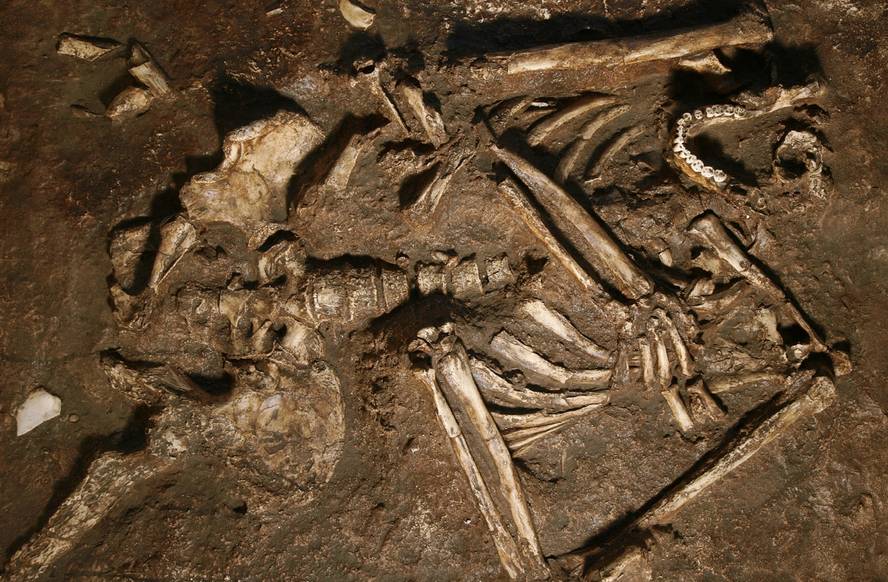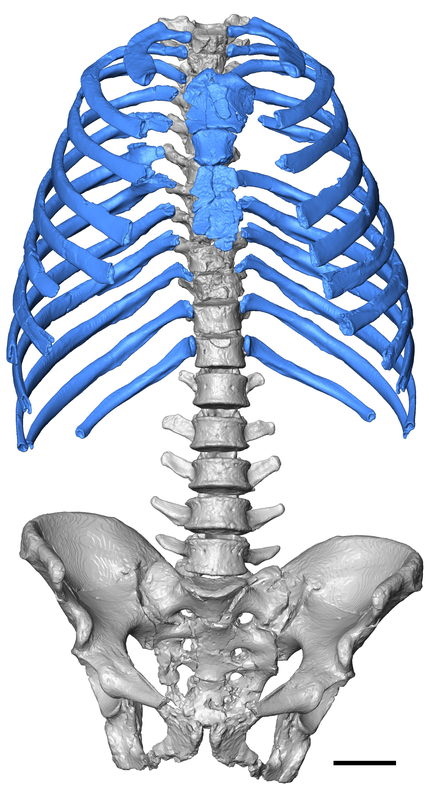The Neanderthal thorax had a different form from ours

Virtually reconstructing the thorax of a mature Neanderthal, they conclude that it was similar to the thorax of sapiens, but with a different shape. In view of this, the researchers have suggested that Neanderthal respiratory mechanics would also be something different.

The size and shape of the Neanderthal thorax have been the subject of debate since 150 years ago the first Neanderthal ribs were found. The researcher of the UPV-EHU Asier Gómez-Olivency and his companions have studied and reconstructed the most complete thorax found, that of the Dutch adult Kebara 2 of the deposit of Kebara (Israel). Scanning its ribs and vertebrae and performing a 3D virtual reconstruction. The work carried out has been published in the journal Nature Communications.
“Fixing the column with the ribs suggests a more stable column. Along with this, the thorax is wider at the bottom,” explains UPV researcher Mikel Arlegi. Thus, researchers have come to the conclusion that the diaphragm would also be wider, and have suggested that the diaphragm would be more related to the expansion of the chest box than in sapiens respirations. On the other hand, it has been calculated that they could breathe more volume thanks to this form of the chest.





